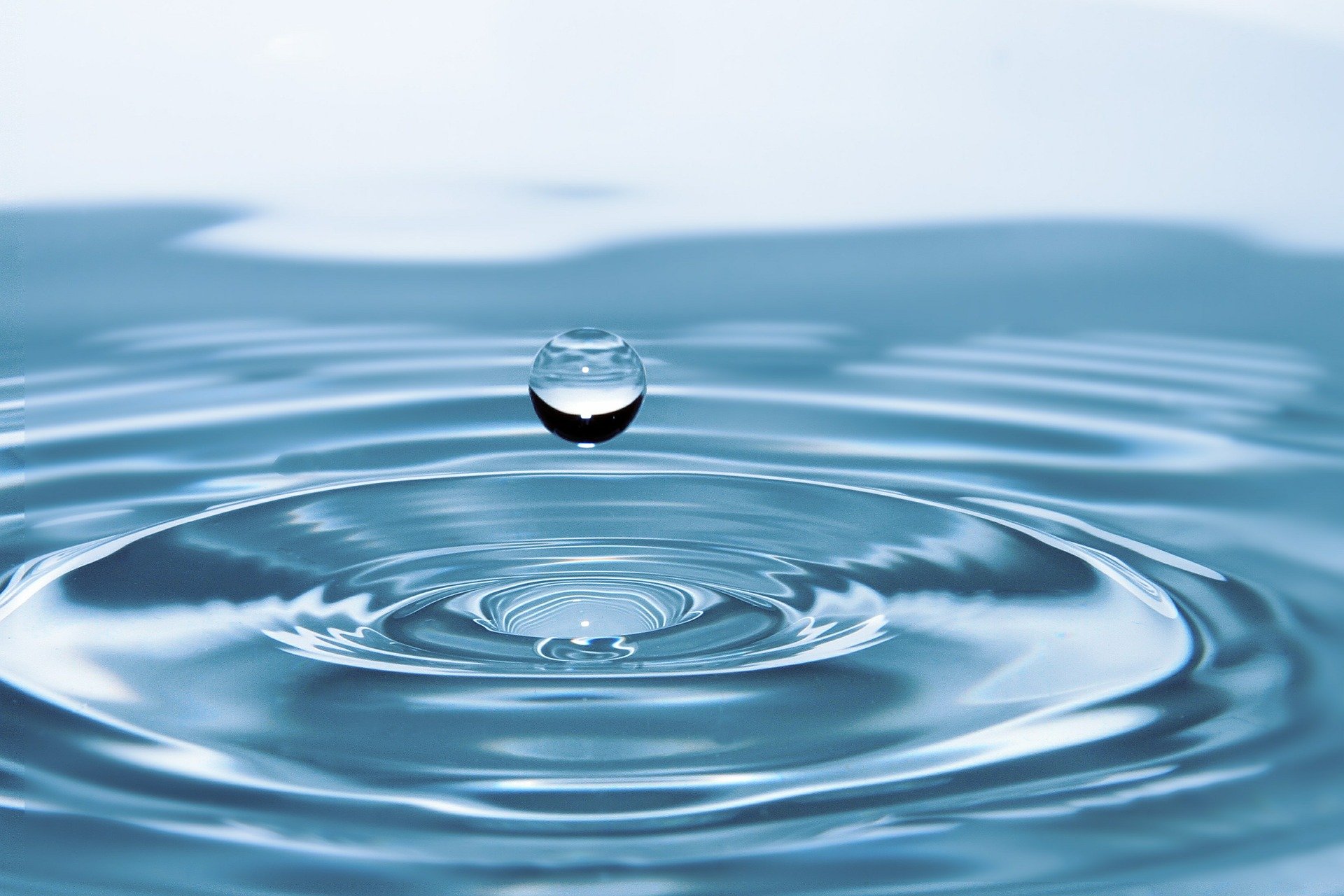Mass vs Volume
Mass and volume are two units used to measure objects. Mass is the quantity of substance an item possesses, whereas volume is the amount of space it occupies. A simple example would be to compare a basketball to a bowling ball – each has about the same volume, although the bowling ball contains much greater mass. It is important to distinguish between mass and volume when taking precise measurements.
Measurement is the process of determining the quantity and temperature of an object, including its length, weight, mass, and volume. It employs the kelvin, second, meter, and kilogram as units of measurement.
What is Mass?
Mass is the physical quantity that represents the amount of matter in an object’s or substance’s body. It measures an object’s or substance’s inertia, which is its resistance to fluctuations in velocity or the amount of force required to move it. The greater the observed velocity, the greater the mass. This is known as inertial mass. It also measures the gravitational mass, which is the force that an object encounters in a gravitational field. It is a property of an object or substance that remains unchanged under any conditions.
Mass is denoted by the symbol “m”, with the gram and kilogram serving as the International System of Units (SI) for small and large quantities, respectively.
What is Volume?
The term “volume” refers to the measurement of the amount or quantity of three-dimensional space occupied by an object or substance, as well as the shape it occupies or maintains. Its SI unit is the meter cube, and it is measured in centimeters cubed and liters.
The volume of gases and solids is determined by the displacement of liquid or fluid, but the volume of a container is determined by the amount of substance it contains as opposed to the space that is displaced. The volume of various shapes is estimated using arithmetic, mathematics, and calculus formulas.
Therefore, mass is a physical value, while volume is a geometric value. Mass is a measure of the amount of matter contained in a substance or an object, whereas volume is a measurement of the amount of space and surface of a particular point.
For instance, the mass of water can be determined by first weighing the container and then reweighing it with the water inside. The mass of the water is obtained by subtracting the weight of the container from the weight of the container containing water.
The length, depth, and width of a rectangular container are multiplied to determine how many cubic feet it can hold when filled with water. The volume is obtained by multiplying the product by the number of cubic feet contained in a gallon (7.48).
Why Mass and Volume are Critical for Pumping Processes
The existence of two types of flow rates, mass flow, and volume flow, continues to puzzle vacuum technology professionals. The issue is that both terms have distinct meanings, but there is an understandable propensity to confuse them or assume they are synonymous. This is an important distinction when designing a pump and process equipment system.
Volume Flow
Typically, the volume flow is employed to define and measure pumping speeds. Most pump sales literature will include a pumping speed versus pressure curve. Since volume flow is defined as the volume of gas moving at a given pressure, it is evident that pressure must be taken into consideration when comparing pumping speeds.
Throughput
Mass flow, when viewed as throughput, becomes a key factor when attempting to evaluate the performance of a system during design or operation. This is especially true when adjusting the pump type and pumping speed to the real requirements of the process.
Illinois Process Equipment, IPE, offers quality pumps and process equipment solutions to a broad range of market applications and industries. Our team of pumping specialists possesses deep technical knowledge of pumping equipment, offering design, installation, and testing to ensure optimal performance and safety.Contct us to learn more about improving your pumping application with the most efficient and reliable pumps and process equipment to meet your fluid transfer requirements.



